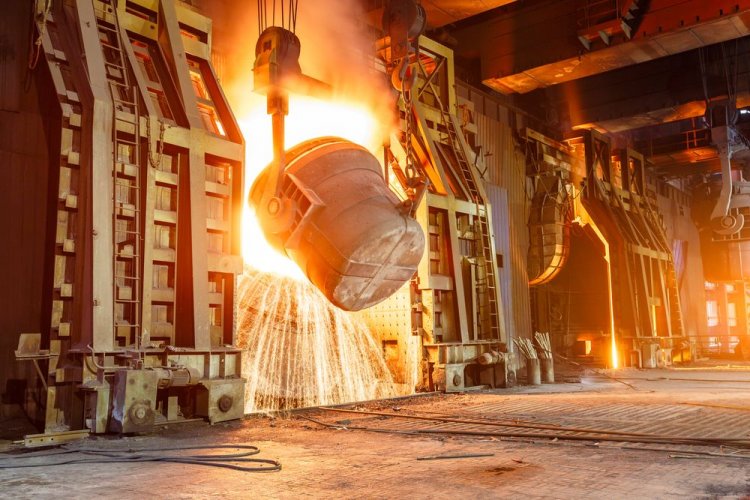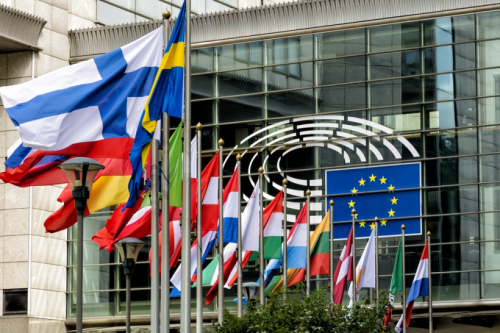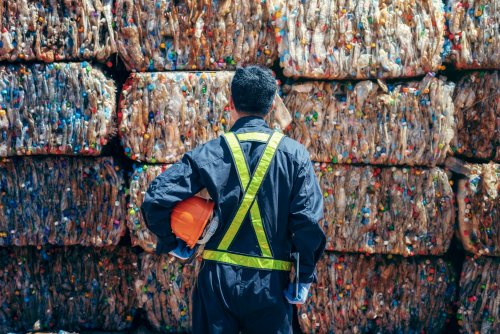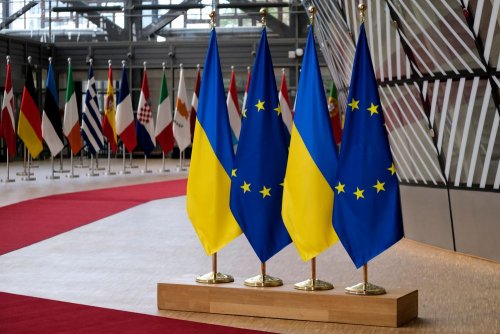On March 19, the European Commission revealed the European Steel and Metals Action Plan, which provides for the allocation of €1 billion in 2025 to reduce decarbonization risks.
The announcement was made on the website of the EU's executive body.
The document aims to strengthen the sector's competitiveness and protect the industry's future. This Plan provides for:
- Reducing the risks of decarbonization. EU officials have announced that the upcoming Industrial Decarbonisation Accelerator Act will establish sustainability and resilience criteria for European products in government procurement to increase demand for low-carbon metals produced in the EU. In 2026-2027, the European Commission will provide €150 million via the Research Fund for Coal and Steel (RFCS) and an additional €600 million through the Horizon Europe initiative dedicated to the Clean Industry Deal. During the expansion stage, the European Commission plans to allocate €100 billion through the Industrial Decarbonization Bank, with a €1 billion pilot auction in 2025 aimed at decarbonizing and electrifying key industrial processes.
- Ensuring affordable and reliable power supply. In particular, the Plan supports the wider use of renewable energy sources and low-carbon hydrogen in energy-intensive industries.
- Preventing carbon emissions. The Carbon Based Adjustment Mechanism (CBAM) is expected to ensure fair and equal conditions for everyone. It is also expected to guarantee that non-EU industries do not “ launder” their metals to look low-carbon while relying on high-emission energy sources.
- Expanding and protecting European industrial capacity. The European Commission noted that the EU has already taken trade protection measures against unfair competition in the steel, aluminum, and ferroalloys markets, but the situation has been getting worse. That is why the European Commissioners are strengthening the current protective measures regarding the steel market. By the end of the year, the European Commission will propose new long-term measures to maintain highly effective protection of the EU steel sector after the current safeguards expire in mid-2026.
- Contribution to circularity. The European Commission plans to set targets for recycled steel and aluminum in key sectors and consider whether to introduce recycling or recycled content requirements for more products, such as building materials and electronics. In addition, European officials will consider trade measures on metal scrap to ensure sufficient availability, as it is a vital raw material for the production of decarbonized steel.
- Protecting quality jobs in industry.
In the second quarter of this year, the European Commission will publish a report on how to address carbon leakage for CBAM products exported from the EU to third countries. In addition, the European Commissioners will conduct a review of the CBAM, and by the end of 2025, they will present a first legislative proposal that will extend the range of the CBAM's responsibility towards certain steel and aluminum-based recycled products and provide for additional anti-evasion measures.
Recently, EcoPolitic reported that Norway intends to implement its CBAM in 2027. Also, in early March, we informed that carbon prices in the EU had dropped after the European Commission's proposal to simplify the CBAM.





